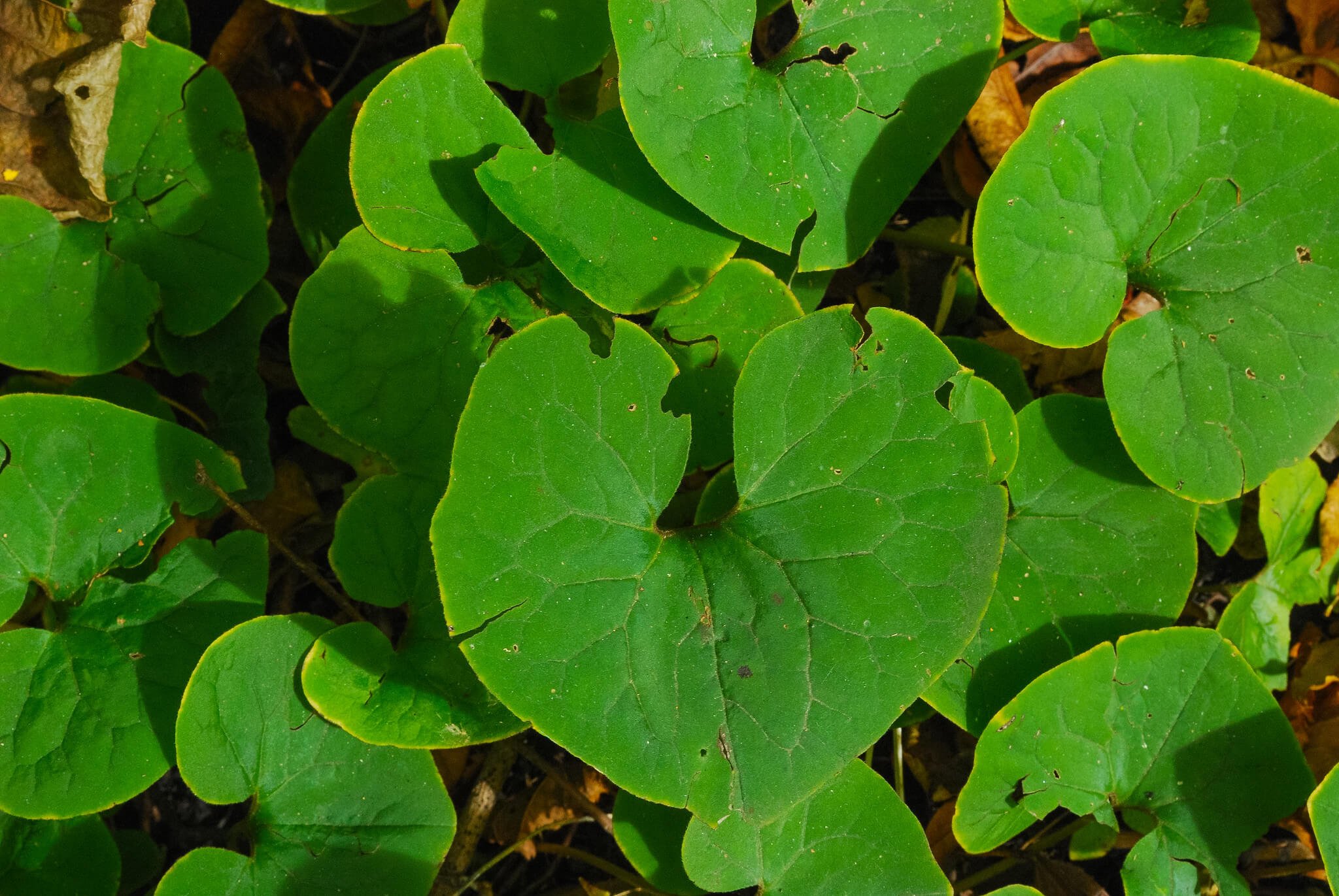Life Cycle: Perennial
Sun Exposure: Full, Partial, Shade
Soil Moisture: Medium-wet, Medium, Medium-dry
Height: 3 feet
Plant Spacing: 1-2 feet
Bloom Time: July
Advantages: Deer Resistant, Rain Garden, Great Landscaping Plant
Host Plant: 11 species of butterflies and moths use this as a caterpillar host plant in our area (illinoiswildflowers.info/)
Beneficial for Endangered or Threatened Species: Macoun's arctic (Oeneis macounii) (mnfi.anr.msu.edu)






